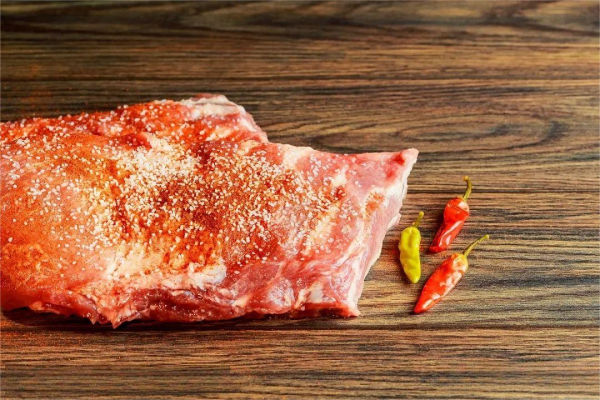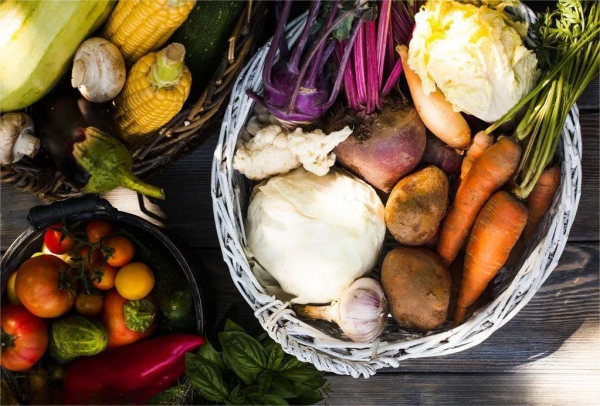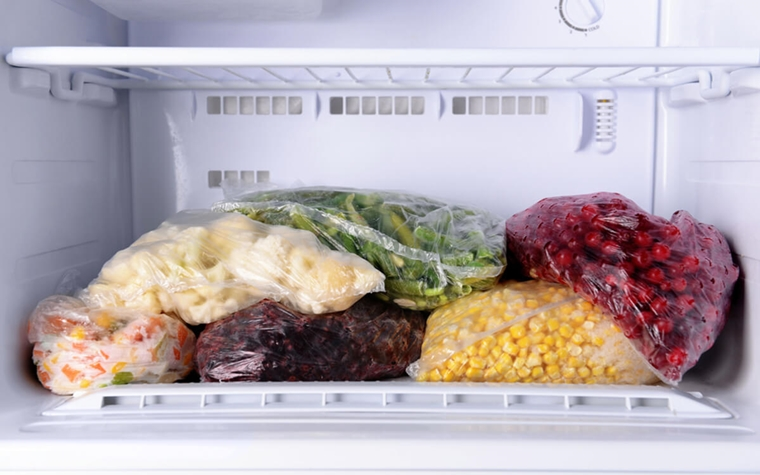Outdoor travel, how to keep food fresh
For activities such as mountaineering, hiking, camping, etc., nutritional needs are very important, so we need to carry a variety of foods, not limited to vegetables, fruits, meat, nuts, etc. Treating the food before departure can not only reduce the burden but also be more conducive to preserving the food.
How to keep vegetables fresh?
Try not to choose leafy vegetables with too much moisture, such as beans, cabbage, and rhizome vegetables, which have a longer shelf life and are easy to carry. To buy good vegetables, it is necessary to spread them out in a cool place and air dry the excess water. Then, wrap the fresh vegetables in waste paper to maintain humidity and freshness, so as not to wither and become soft.
Method of carrying meat
Meat is prone to spoilage, so it is best to do some processing before carrying it.
1. The meat is first boiled in boiling water, and then pickled with garlic, rice wine, soy sauce, salt, vinegar, Five-spice powder, Shacha sauce, etc. The quantity and type of seasoning can be freely selected. Soak for at least 2-3 hours, then fill and seal with multiple layers of plastic bags and place them in the freezer for ice storage until the day the team departs.
2. First, marinate with soy sauce, salt, Five-spice powder, pepper, onion, garlic, and other seasonings for several hours, drain the water, wrap it with tin foil, put it into a pressure cooker or Rice cooker, steam it for 15-20 minutes, drain the excess meat juice, seal it with tape after treatment, and leave it for about 10 days.
3. First, marinate with seasoning, stir-fry the outer layer in an oil pan, and then drain. Wrap it in tin foil and seal it with tape, which can last for about 3-6 days.
4. After blanching or frying seafood, wrap it in tin foil and preferably consume it within 1 to 2 days.
How to carry seasonings?
You can divide the seasoning into small packages and use them like a seasoning bag for instant noodles. Simply put them into one package, making it easy to carry and prepare.
How to carry fruit?
Choose fruits that are easy to carry and can be stored for a long time. If there is a fruit stem, it can be removed first and then stored in a fruit protective net, newspaper, small container, etc. If necessary, wrap it in paper and keep it dry. It can be stored for about a week.
Method of carrying frozen or refrigerated food
Place mineral water in the freezer of a household refrigerator for freezing. It is best to have more than half a bottle of water, not too full, otherwise, the bottle may crack easily.
Generally speaking, a regular water bottle can freeze into ice in 2-3 hours. Placing frozen mineral water bottles into insulation bags or ice packs creates a particularly useful 'outdoor refrigerator'. Place various ingredients that need to be frozen and kept fresh around, and wrap non-vacuum foods in multiple layers to prevent leakage. Then, sealing the insulation box or ice pack to ensure a 48-hour freshness is not a problem. You can also prepare several bottles of frozen mineral water, which can be consumed during camping or used for washing things. Of course, adding frozen ingredients directly can also replace frozen mineral water, and the effect is just as great!
Regarding the preservation of outdoor food, the following points need to be noted:
For camping or multi-day travel, carrying food for several days at a time can be very challenging, so it is best to choose food with a longer shelf life. If you want to eat better on the first day, you can bring some food with a short shelf life, but on the second day and after, make a plan to bring some food that you like and is easy to carry with a long shelf life.
Pay attention to the safety regulations indicated on the food. Generally speaking, perishable food cannot be stored for more than an hour in hot and hot weather; Do not exceed two hours in warm weather, otherwise these foods will spoil.
Wash your hands before and after meals. If you are unable to wash your hands, you can use alcohol disinfectant (which can also be used as a substitute) to help reduce bacteria.
Separate raw meat and ready-to-eat food.
When cooking food, make sure it is already cooked and cannot be eaten without being cooked.
Outdoor camping, food storage, and carrying:
The mountaineering journey ranges from one day to several days, and if food, especially some fresh food, is not properly handled, it is easy to spoil. Therefore, appropriate handling and selection should be made before departure. The so-called appropriate treatment is to create an environment where bacteria cannot grow, including dehydration, salting, and rapid freezing.
Storage and Handling of Meat- Dehydration

By air drying, the meat loses its moisture while still maintaining its nutrition and flavor. It can be stored at room temperature for many days or even months without spoilage. These foods include preserved meat, sausages, preserved duck, firewood fish, salted fish, ham, etc.
Salt pickling (constant temperature method)

Add a large amount of salt to a fresh whole piece of meat (do not cut it open) and wrap it around the meat, which can be stored at room temperature for several days. But the meat moisture will be drained. This kind of food can be used to make soup or porridge. It is also important to remember to "water out" before cooking, otherwise it will be very salty.
Rapid freezing
Flavor the meat to be processed, then place it in a freezer compartment and refrigerate it at a temperature below zero degrees Celsius. Take it out before departure, seal it with a plastic bag, and wrap it in multiple newspapers to slow down the melting speed. This method can be stored for 24 hours in winter and about 10 hours in summer. Frozen meat can also be placed in insulation bags and placed together with frozen beverages.
This method can preserve the freshness of food, but bacteria may grow during the thawing process. It will also accumulate moisture during the thawing process, wetting the backpack. Apply multiple newspapers or towels to wrap.
Storage and Handling of Vegetables- Dehydration Method
Dehydrate, sun dry, or refine plants to make them. Food such as mushrooms, laver, bamboo, Rolls of dried bean milk creams, etc. Food contains both fiber and protein, and can also be cooked to create excellent dishes.
Constant temperature method
Maintain the freshness of vegetables at room temperature to prevent them from spoiling easily. You can purchase some dry vegetables, wrap them in newspapers before departure, and store them in plastic bags. This method can generally be preserved for two to three days. In summer, you can choose melons and pack them in newspapers to take to the countryside.
Canned food
If the journey is for six days or more, it is generally difficult to get fresh food unless there is a supply midway. Canned food can generally be stored for several years, but the disadvantage is that non-dehydrated food, coupled with being made of iron cans, is heavier and difficult to handle. Empty cans should be cleaned and flattened before being discarded, and then taken down the mountain for disposal.





